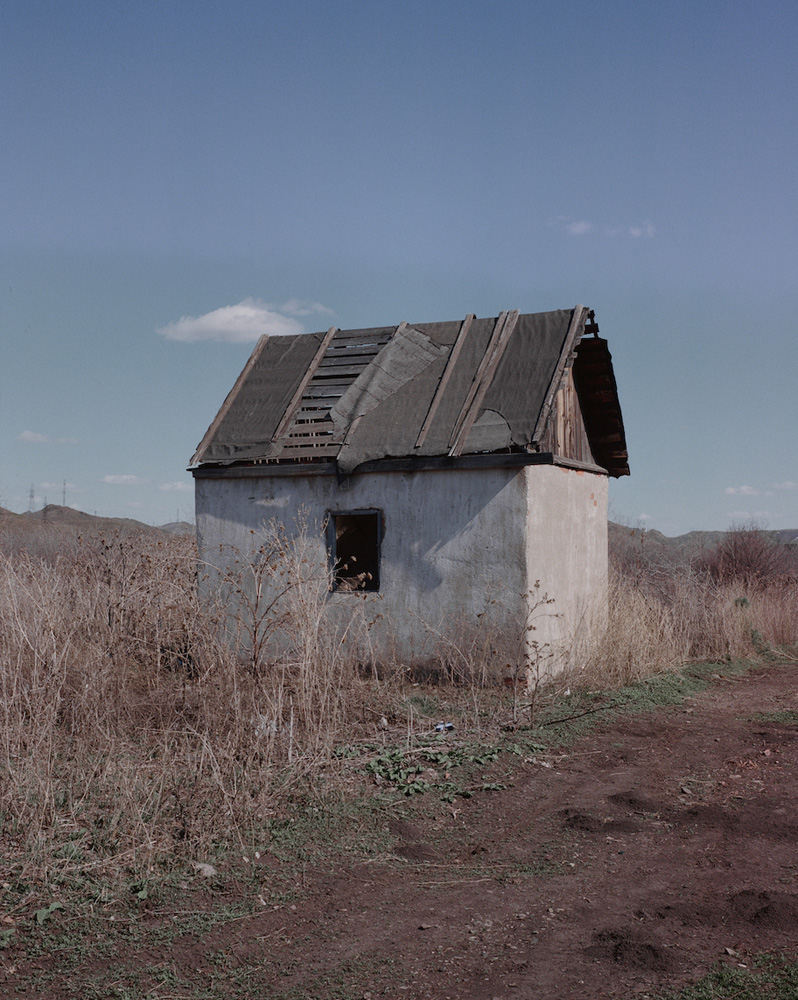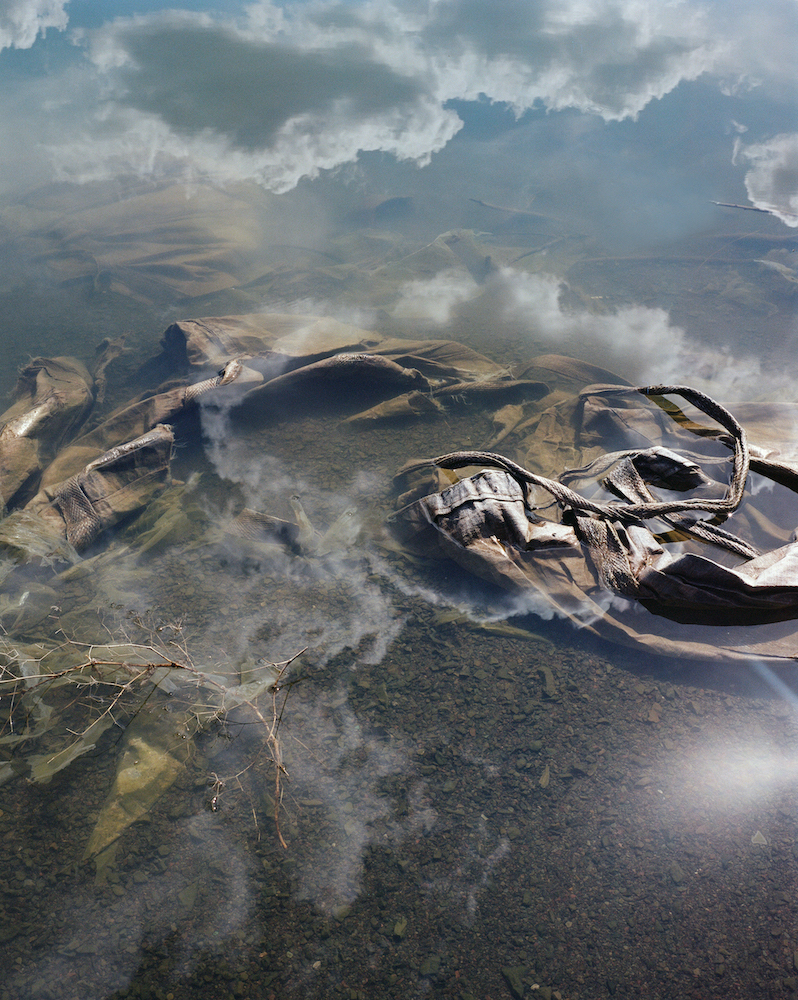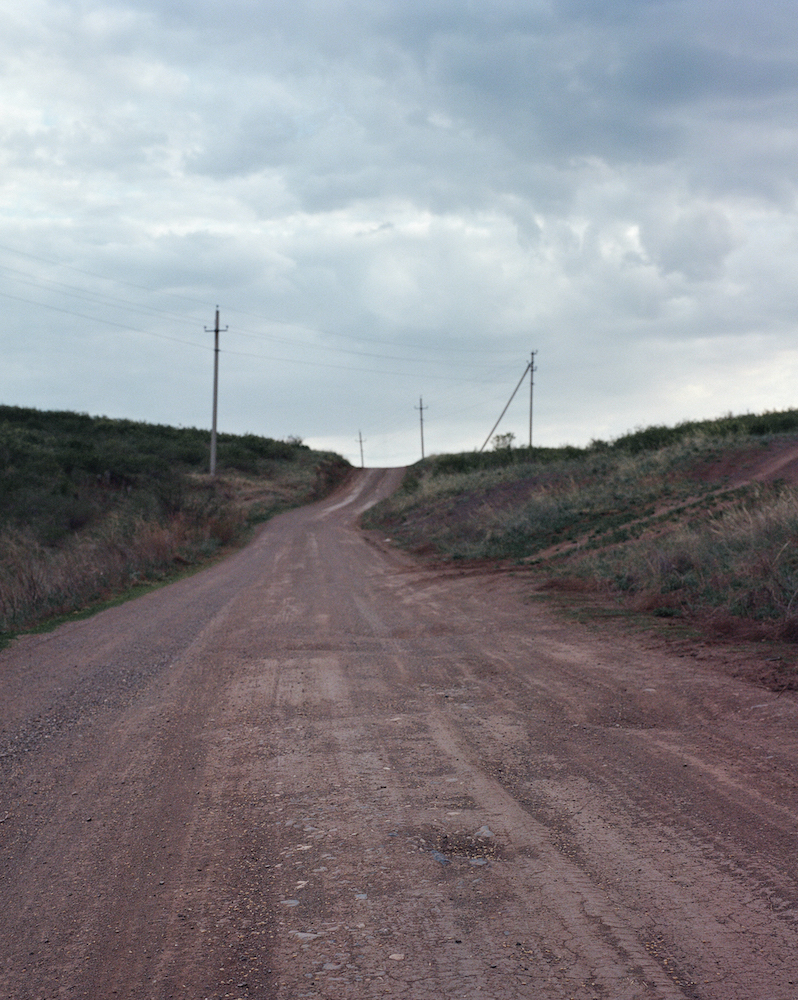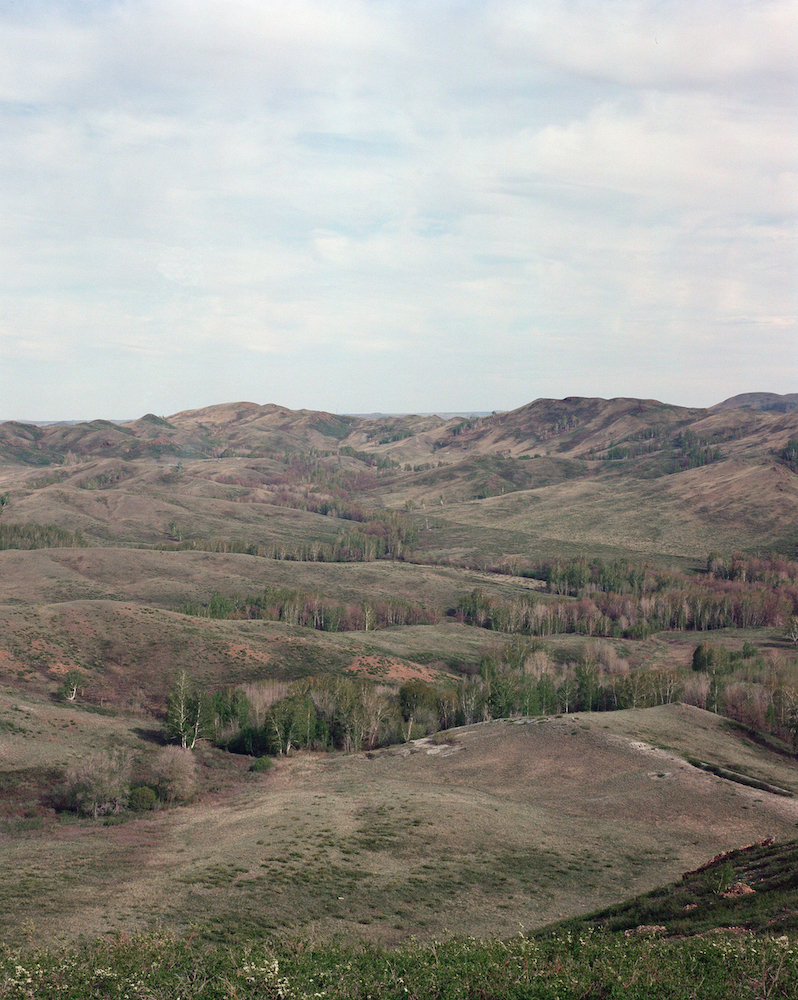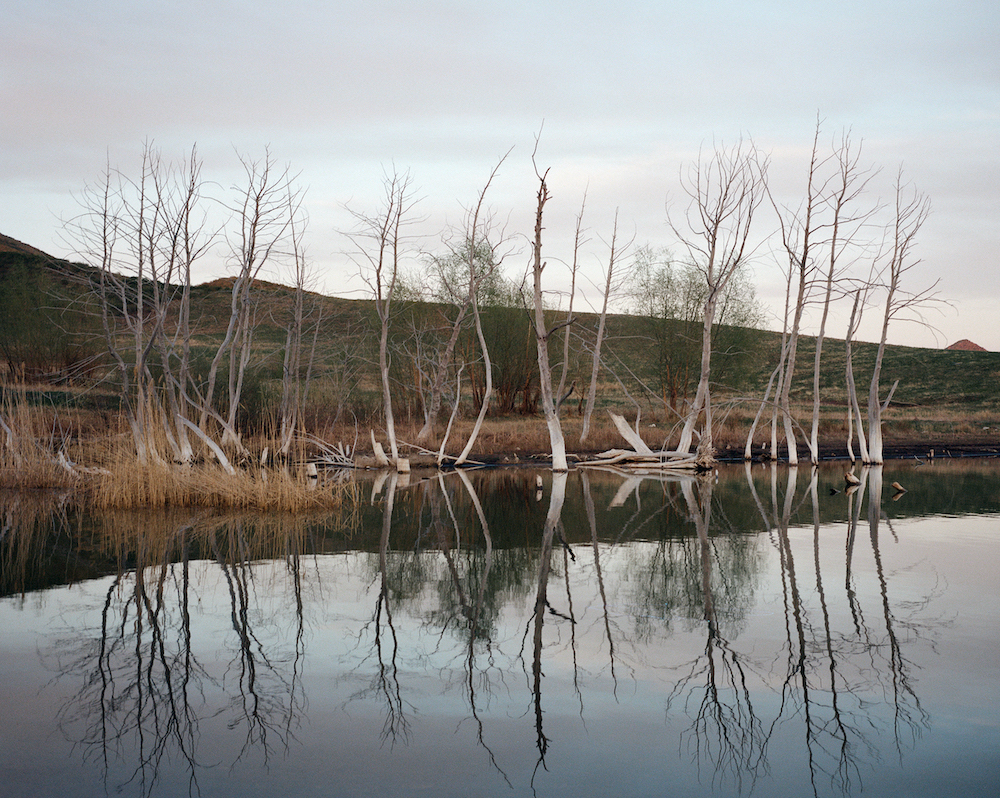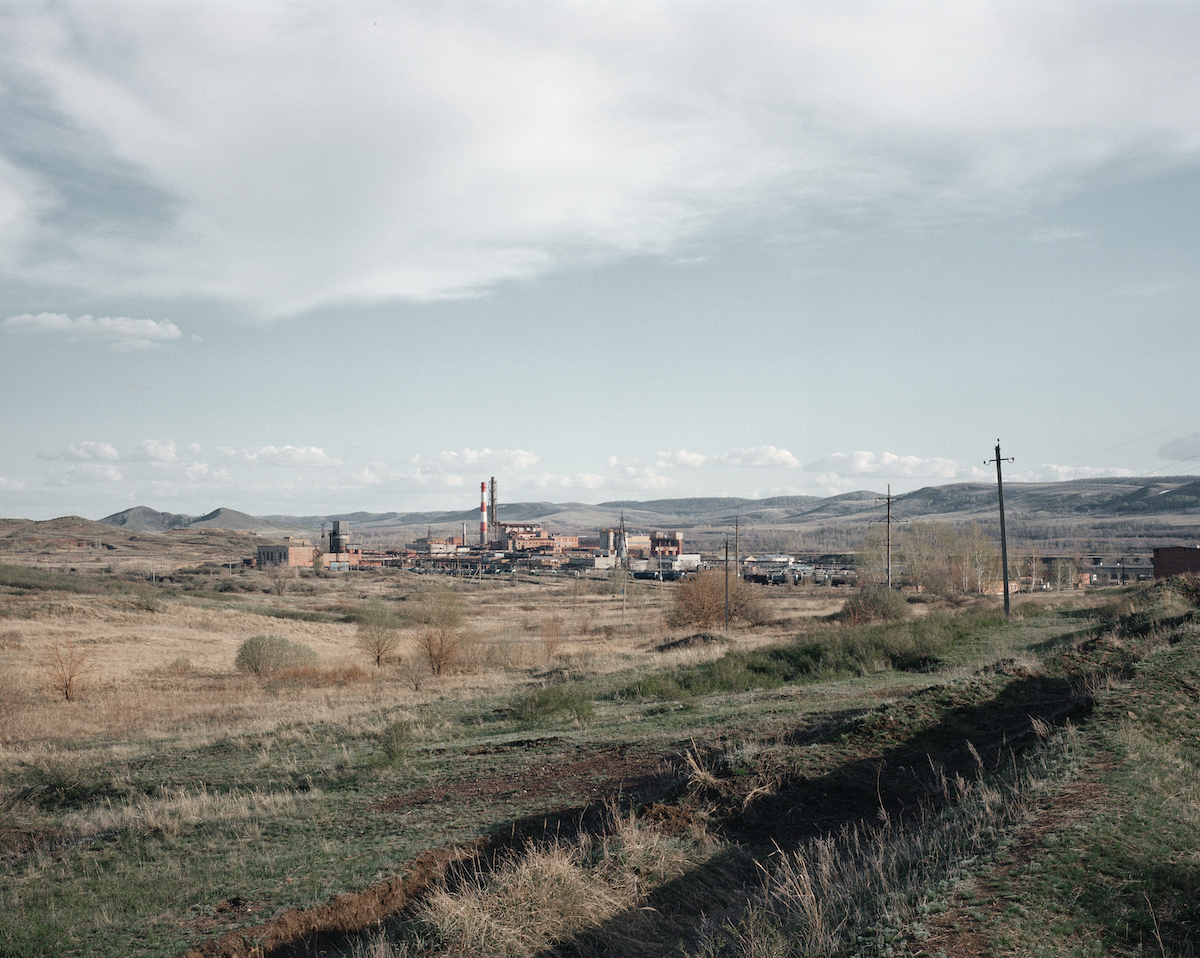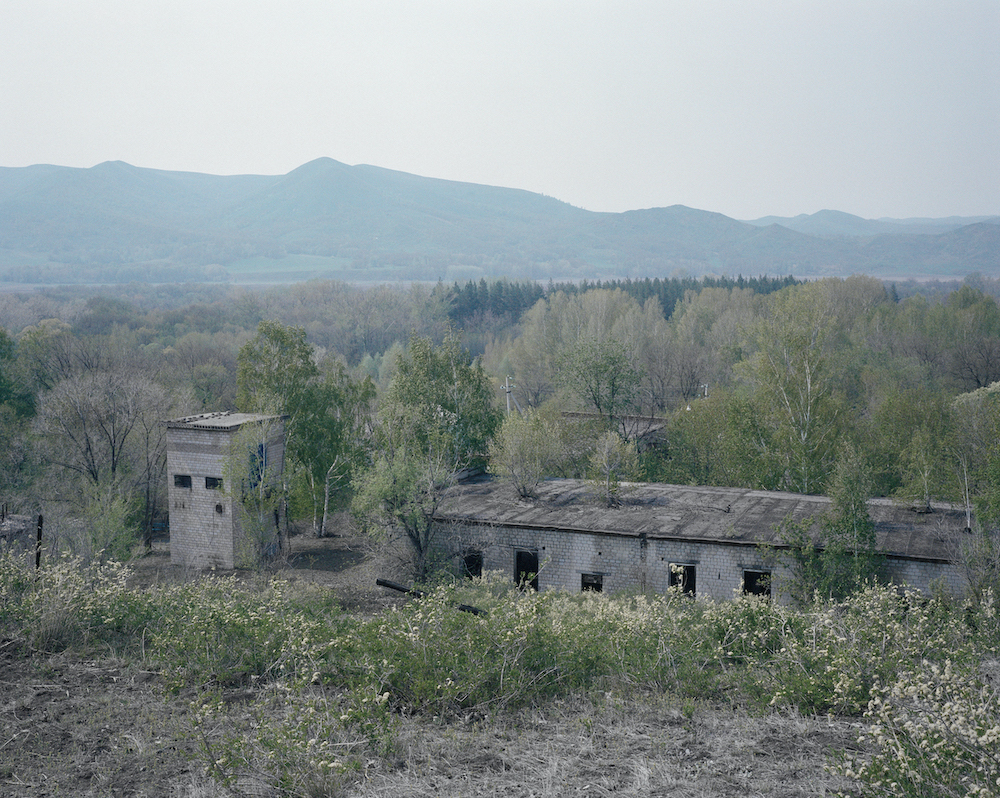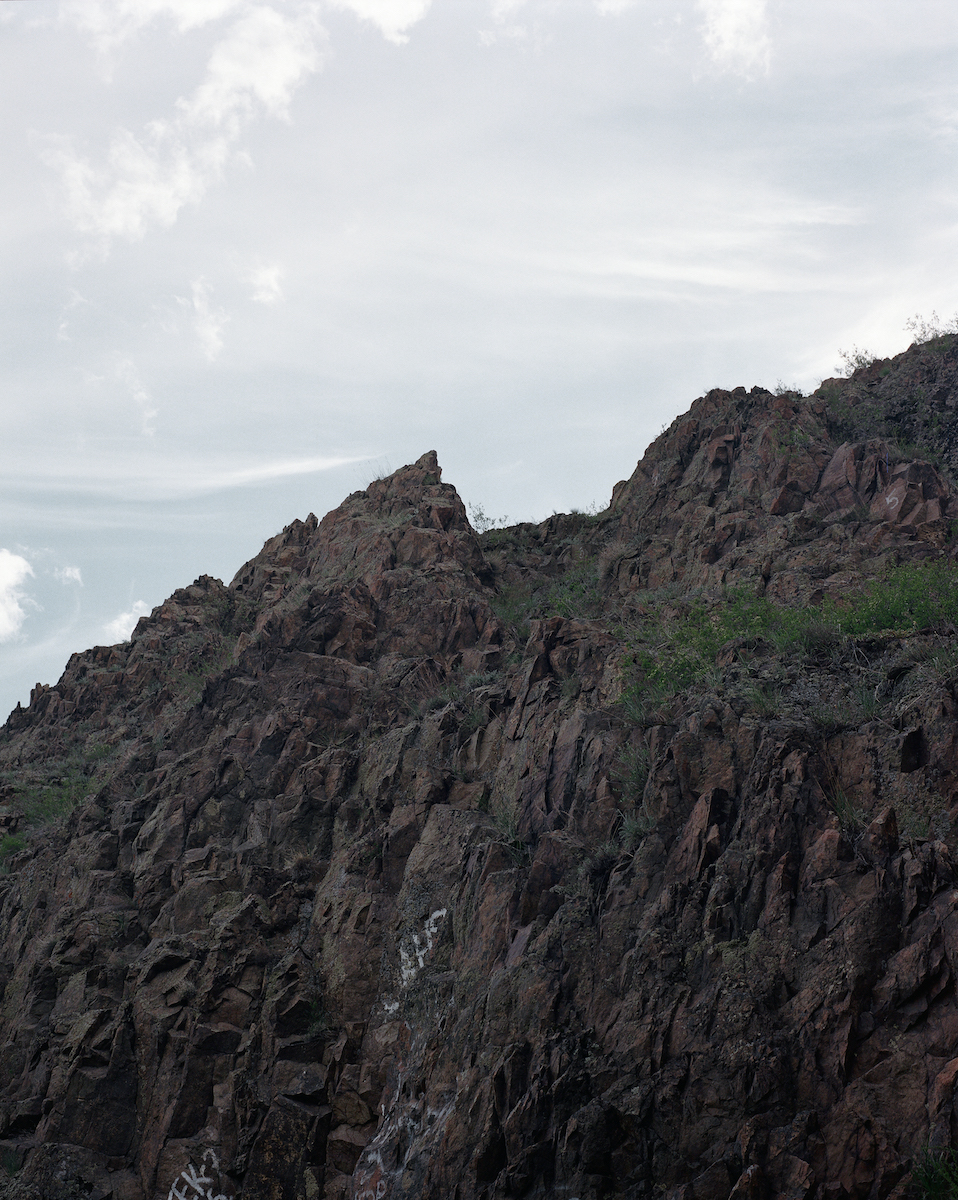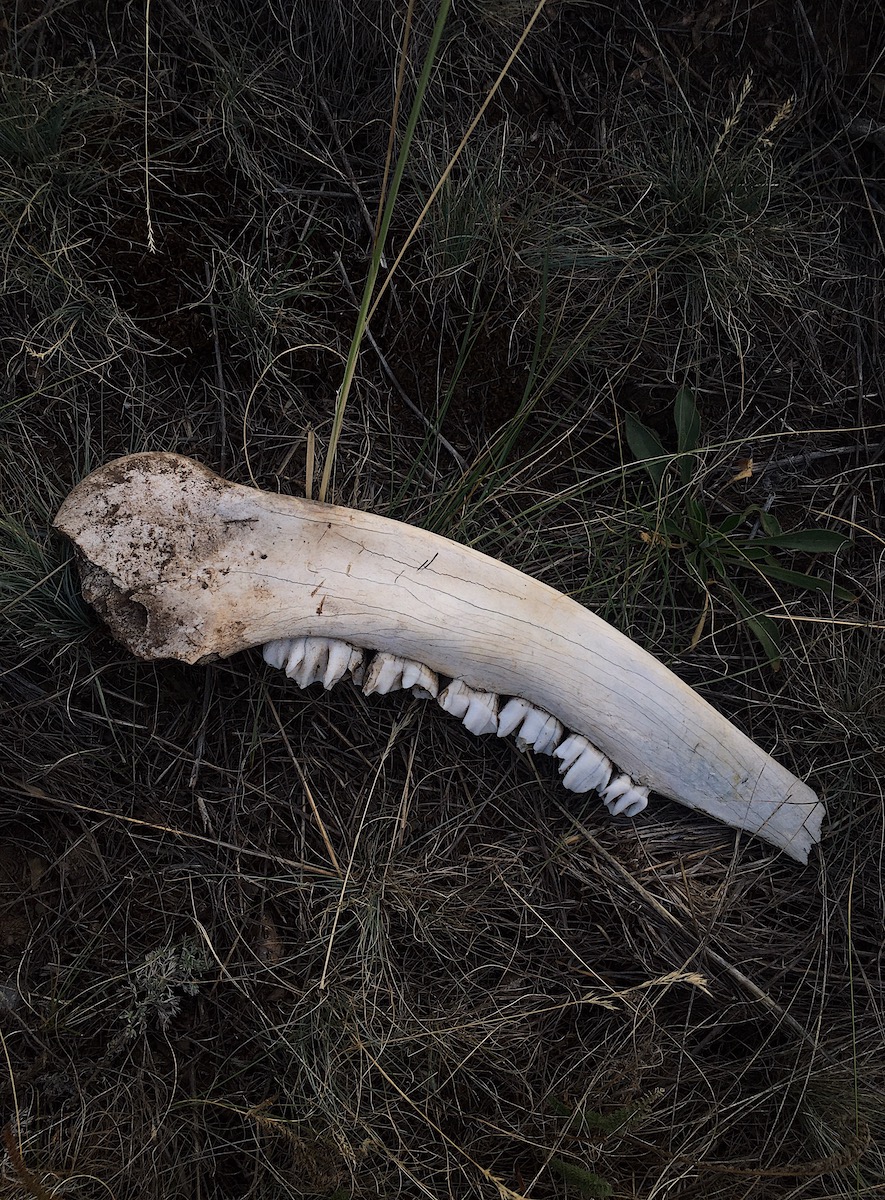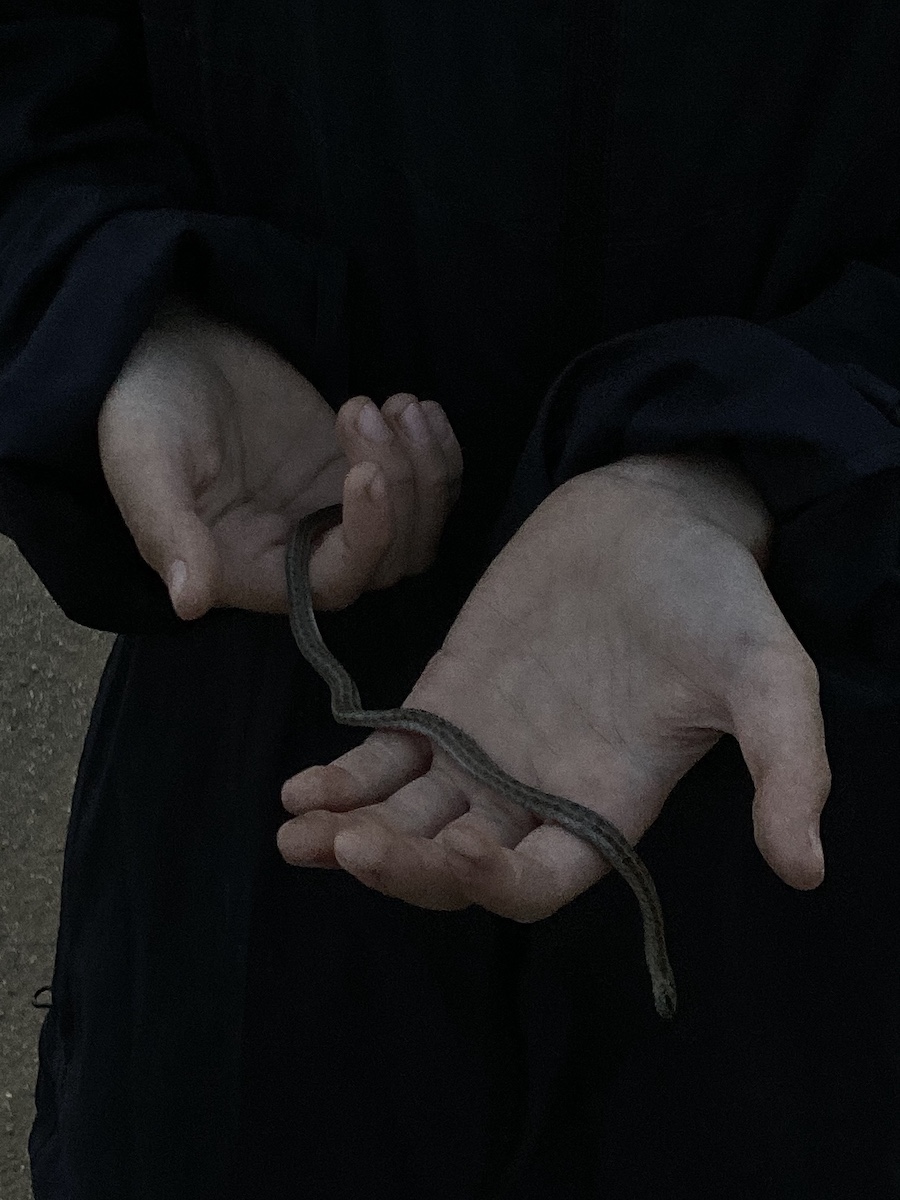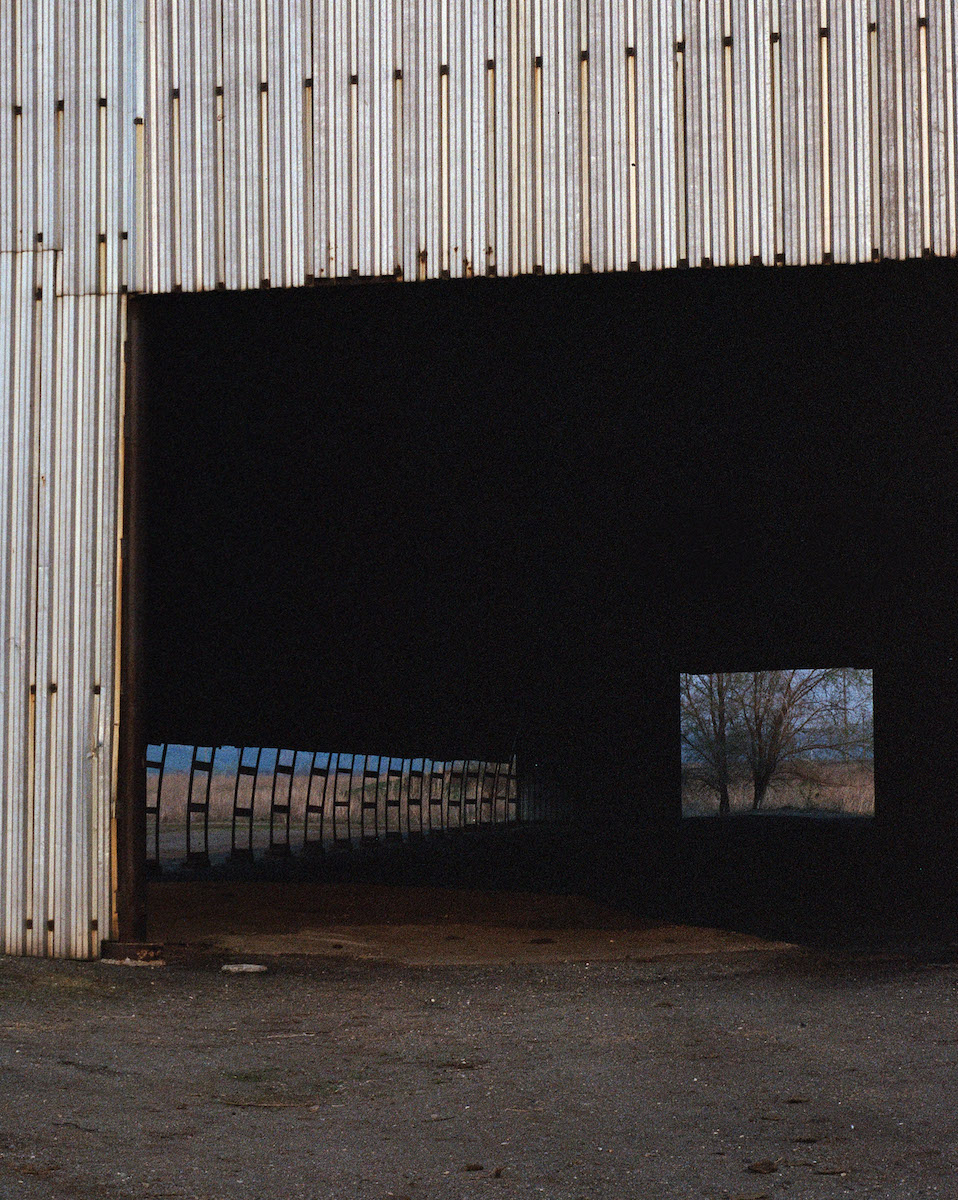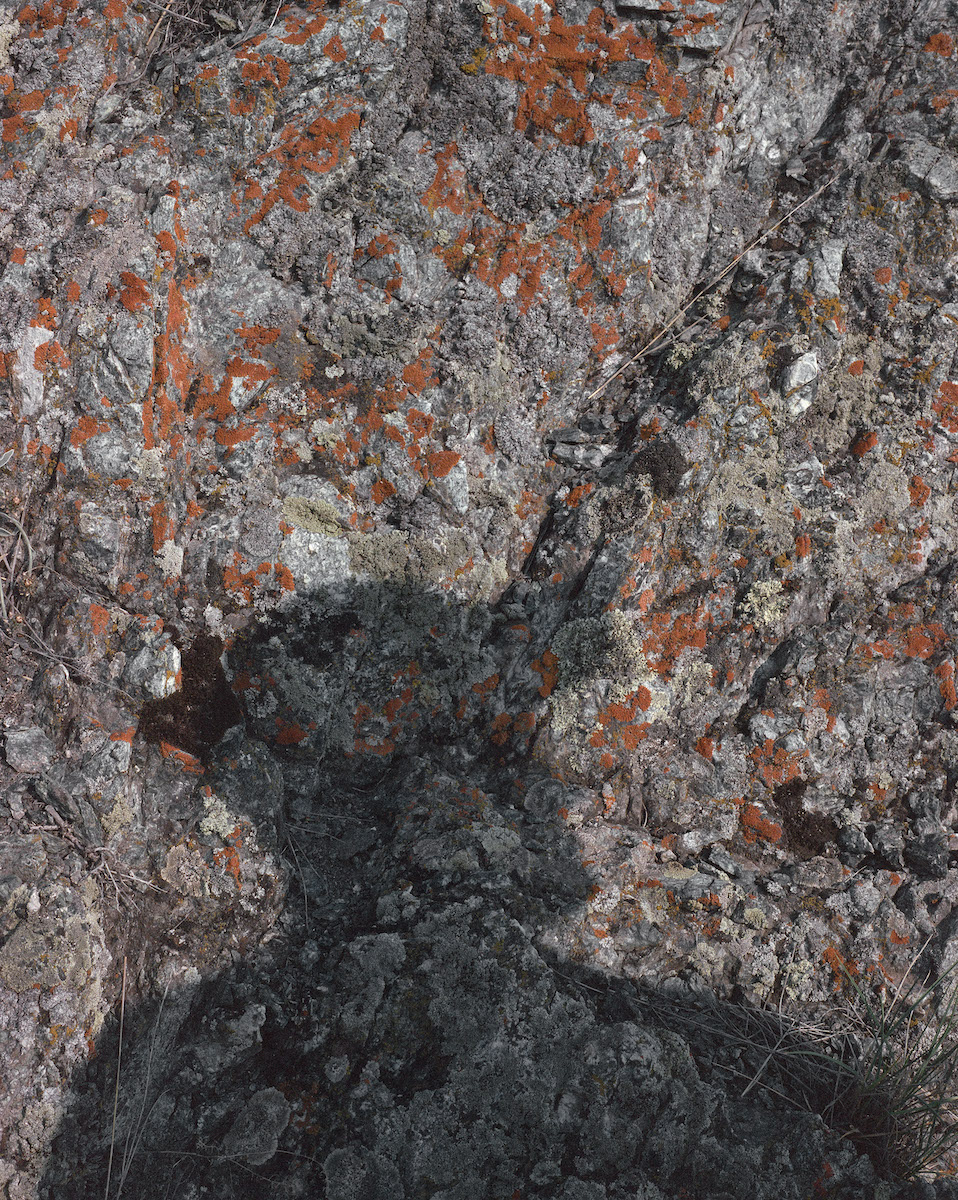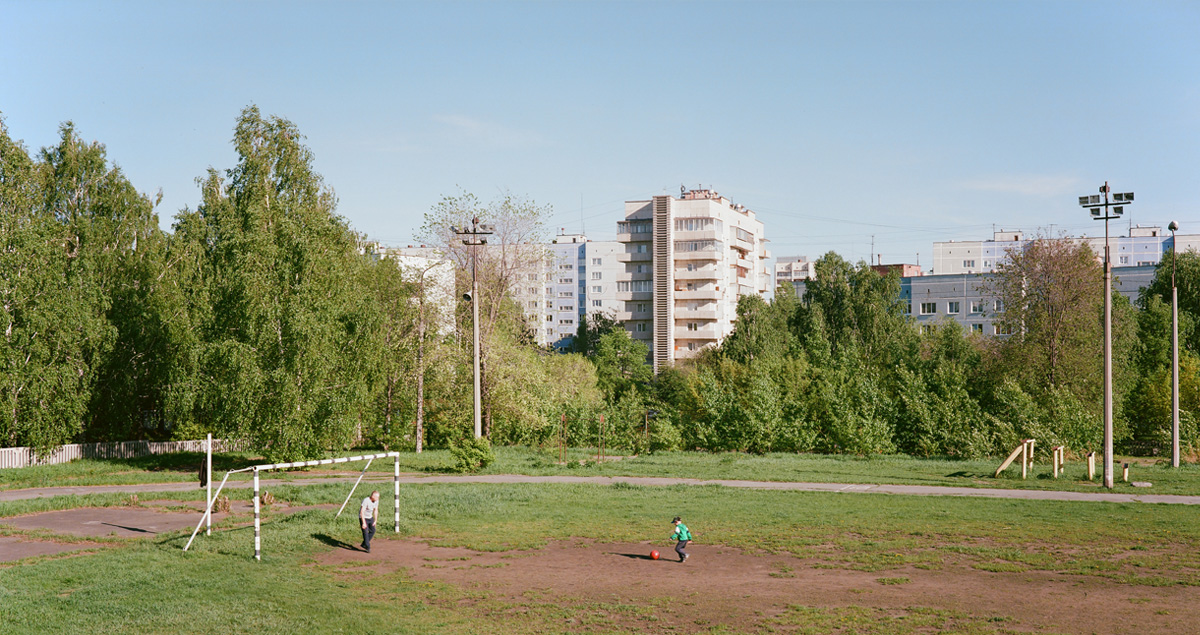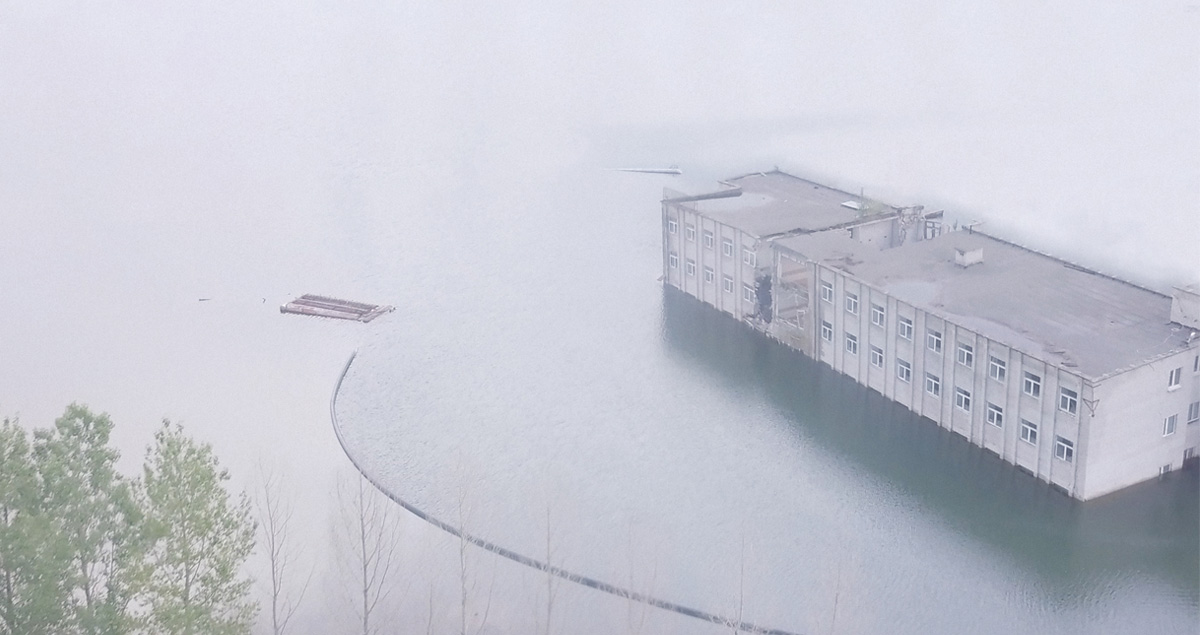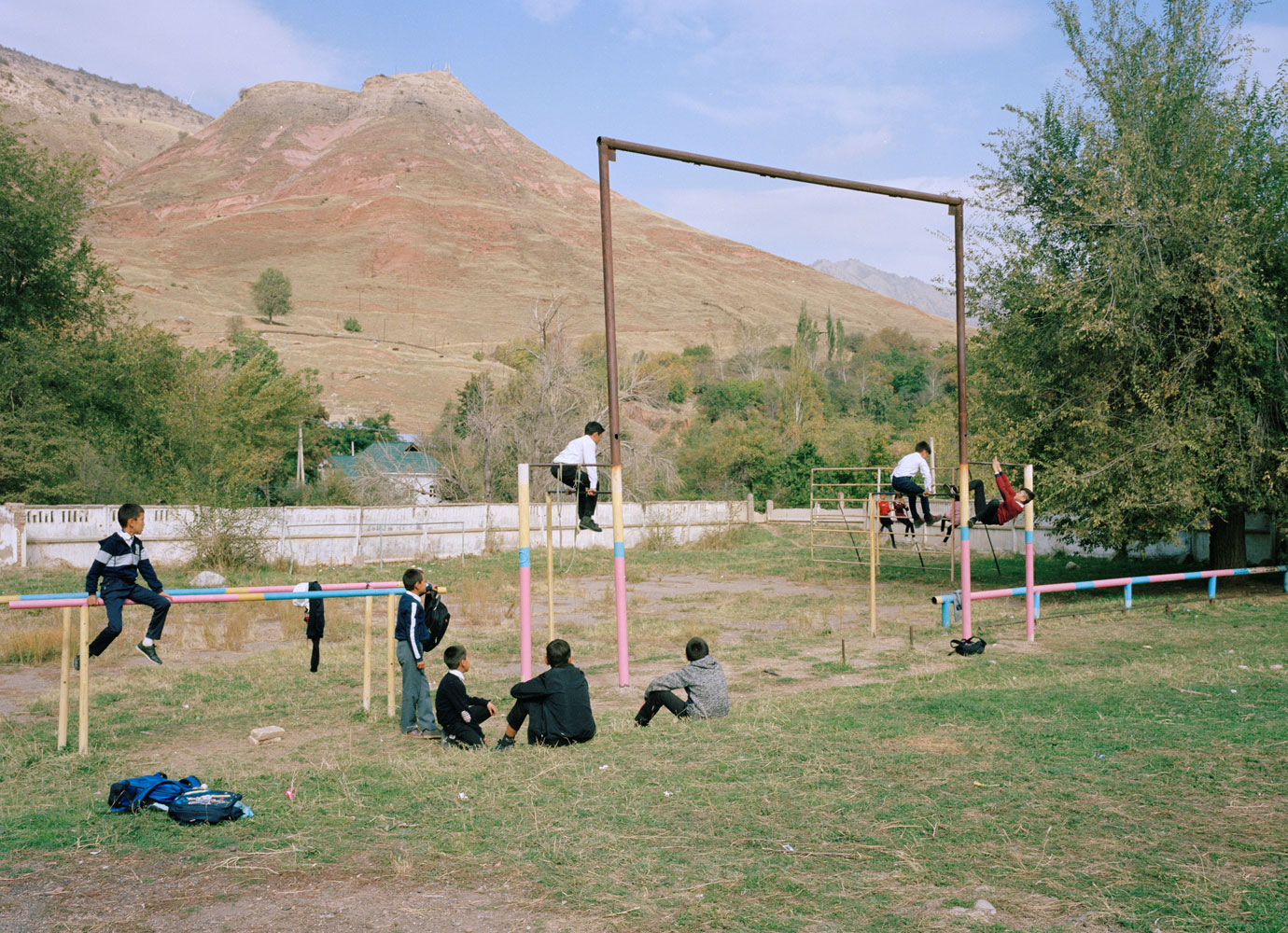In a photo story set to a soundtrack, a photographer journeys through the site of ecological disaster
Artist Lena Tsibizova is a maverick by nature. Having lived most of her life in Moscow, she often feels confined to the boundaries of the city: enormous as it is, its streets bear too many personal reminders to allow for unbiased wandering.
In an urge to escape, she headed to Kuvandyk, a decaying industrial town in Orenburg, a region in Russia’s southern Urals bordering Kazakhstan. She arrived with a double mission: to document the quiet life of this half-abandoned place on camera, while capturing the essential joy of journeying through music. The result is a beguiling photo story set to a captivating soundtrack — a project that invites listeners to both contemplate their own worlds and feel the giddy energy of unimpeded movement.
The town of Kuvandyk took shape in the 1950s to provide homes for workers at the South Ural Cryolite Plant, one of the two factories in Russia that worked to supply the needs of the rapidly-growing Soviet aviation industry. Cryolite, a white mineral needed to weld aluminium, was essential for a nation taking to the skies. But when the USSR collapsed and the plant was closed down, Kuvandyk faced ruin. Besides mass unemployment and despair, a larger ecological catastrophe was unfolding. It soon became public knowledge that the cryolite plant had been siphoning off chemicals and dumping them into nearby lakes for years, poisoning both water and air.
Sadly, Kuvandyk is not unique. There are hundreds of semi-abandoned factory towns in Russia, and Tsibizova probably would not have heard the story of Kuvandyk if not for her partner, the Moscow-based producer Piper Spray. The musician grew up in the area and invited Tsibizova to visit his hometown. The idea of a decaying town amid velvet hills immediately attracted the artist, as did the chance to connect with Spray’s native land. The pair left for Kuvandyk in May and stayed for two weeks photographing the contrast between the eroding industrial space and the serene and soothing landscape. They would often hike more than 30 kilometres each day, as there were no roads to reach some of their shooting locations by car.” It might sound exhausting but I actually found those long walks really calming and liberating,” says Tsibizova.
Nature is captured vividly in Tsibizova’s photos, but the beauty is not without its own subtle wounds. The stillness of Kuvandyk’s landscapes hides a deeper trauma. Tsibizova ventured inside the abandoned cryolite factory, but was quickly spotted and escorted away from the site by security guards, who remain on site despite the factory’s closure. Leaking cryolite has led to heightened fluorine levels in the air around the factory, although not to dangerous levels. Swimming in the nearby lakes, however, remains hazardous. Previously, a dedicated ranger was responsible for keeping people, birds, and animals away from the poisoned water. Now, however, that position has been made redundant, and the area away from the factory site is open to the public. There is currently no information on local regeneration plans or soil monitoring.
Today, following the environmental disaster and the mass exodus of residents, only a handful of people are still trying to survive and grow food in Kuvandyk. The city’s already dwindling population has fallen by a third in the last decade. Tsibizova met some of the few people still living in the town, among them Misha, a young man growing tobacco and brewing brazhka, a type of sweet low-alcoholic beer.
Yet despite its harrowing history and difficult future, walking in Kuvandyk’s lush green hills felt both soothing and empowering for Tsibizova. Long walks turned into a form of meditation, allowing for the flexibility, clarity, and freedom of mind that she so longed for. Tsibizova’s photographs showcase the beauty of the area, while the music brings forth the silent joy of simply being there, amid an ecosystem that is badly hurt, but still undefeated. “The photographs represent space; they are like stops on the way,” says Tsibiziova. “Meanwhile, the music is the movement bringing those stops together.”
